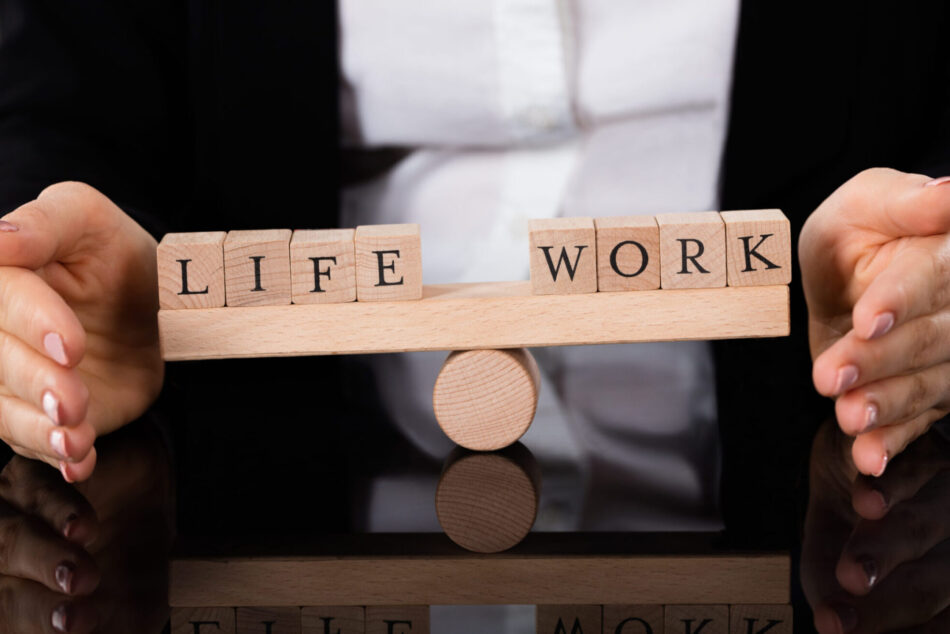In the demanding role of a CEO, achieving a harmonious balance between professional leadership and personal well-being is a subtle art. This equilibrium is not only essential for personal health and happiness but also crucial for effective leadership and the overall health of the organization.
Effective delegation stands as one of the core pillars in this balancing act. CEOs who master the art of delegating find themselves with more time and energy to focus on high-level strategic planning and personal rejuvenation. This approach not only enhances their productivity but also fosters a culture of trust and growth among their teams.
Setting boundaries is another key aspect of maintaining this balance. In an era where technology keeps us connected around the clock, it is imperative for leaders to define clear limits. Having designated times when they are unreachable, except in emergencies, ensures that personal time remains just that – personal and undisturbed.
A CEO’s health is their most valuable asset. Regular physical activity, a balanced diet, and adequate sleep form the foundation of good health. These practices not only keep one physically fit but also sharpen mental acuity and decision-making abilities, which are indispensable for effective leadership.
Pursuing hobbies and interests outside of work is equally vital. These activities serve as a mental escape from the pressures of leadership, providing a necessary balance. They allow CEOs to return to their professional duties with renewed energy and perspective.
Mindfulness and meditation are becoming increasingly recognized for their benefits in stress management and focus enhancement. Even dedicating a few minutes each day to these practices can lead to significant improvements in a CEO’s emotional stability and overall sense of well-being.
Seeking external support, whether through a coach, mentor, or therapist, is also beneficial. This support provides not only an outlet for stress and personal challenges but also invaluable insights and perspectives that can aid in both personal and professional development.
Regularly scheduled downtime is essential. Just as critical meetings are scheduled, so too should be breaks. These breaks, whether they are short daily pauses or longer vacations, are crucial for maintaining long-term productivity and creativity.
Maintaining strong personal relationships is another crucial element. A supportive network of family and friends provides emotional stability and a sense of belonging. These relationships offer a counterbalance to the often-solitary nature of leadership.
Regular reflection is vital for personal and professional alignment. Reflecting on personal and professional goals helps prevent burnout, keeping CEOs grounded in their values and focused on what truly matters.
Finally, by prioritizing their well-being, CEOs set a positive example for their organization. This approach not only enhances their effectiveness as leaders but also promotes a culture of health and balance within the organization.
In conclusion, the journey to balancing leadership and personal well-being is continuous and dynamic. For CEOs, it involves a careful blend of professional diligence and personal care. By adopting a holistic approach that encompasses these various elements, CEOs can lead their organizations to success while enjoying a fulfilling personal life.

